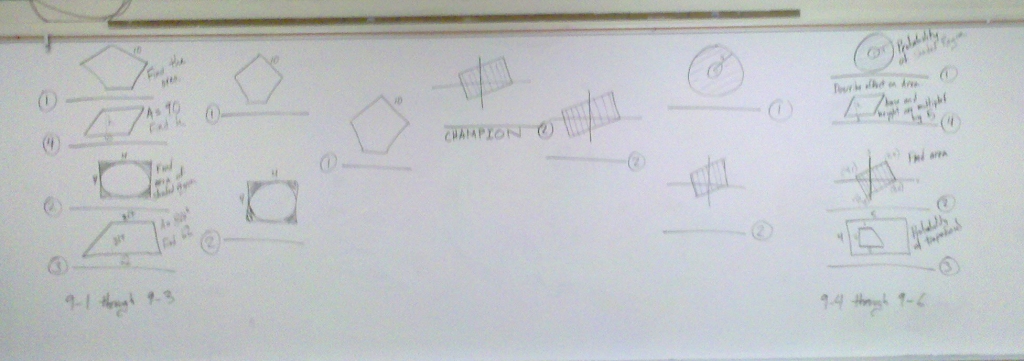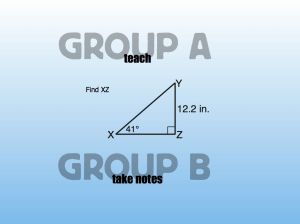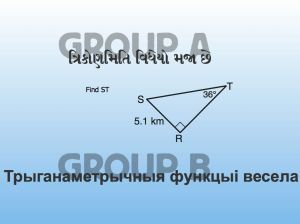My second most important classroom management soft skill deals with maximizing the individual interactions I have with my students on a daily basis. This is all about building personal relationships, and building goodwill. It is the type of goodwill that I can draw from when I have discipline issues.
There are two different routines I do that allow me twice daily opportunities to interact individually with every student. Maximizing and acknowledging the importance of these routines, is the soft skill I am talking about here.
The first way is by greeting students at the door. Dan Meyer has already written about the power of that technique here, so I will just say that I agree with his post, and then add a couple thoughts of my own.
Greeting at the door…
1. does not have the same time restrictions that exist once the bell rings. The fact that it is before class, means you get to talk to students without having to worry about the pacing of your lesson plans, or the need to assess learning and stay on top of class questions.
2. lets me greet former students as well, which is fun and builds a reputation of good will.
The other way is how I check off homework. Everyday while students are working on the opener, I walk around and check off students homework using my Palm. I make sure not to rush this portion of the class. It’s an important part of my management strategy, so if it costs me an extra 2 or 3 minutes to ensure that I genuinelly acknowledge each student, then it is totally worth it. Here’s what I mean by that:
1. I always say their name. I never check off homework without saying the students name. I want students to feel to like they are an important part of the classroom community, and I think just saying their names can go along way in achieving that. I also randomly mix up my greetings, I do not want to cycle through the whole class saying the same thing “Good morning (insert name here)”. For example – “Thanks Vickie, looks good” “What do you got for me James?” “Looks beautiful Jordan”.
2. It’s important not to get caught up in conversation with each student, but also don’t rush through them. As I’m walking around I will always throw out a few non-sequiturs “How are your classes goin’?” “You like sunny weather or cold weather?” “Did you see that Giants game last night?”
3. I love the inside jokes I develop with students after about a month or so. Last year I had a student who always wanted me to call his homework beautiful. So naturally I would be like “Scott, this is …(a few seconds pause)… pretty good.” At which point I would get an animated reaction from him, and we would have good laugh. I have tons of stories just like that.
Lastly, after the bells rings I always say goodbye to the students. I will always give a general goodbye to the class “bye everyone, don’t forget to stay hip”, “be kind to eachother out there”, “don’t forget to laugh and hug one of your friends”. And then I will take it down to the individual level “Sam, see you tomorrow” “Taylor, good work today”. I walk out with the last students because I want to be at the door as the first few students arrive for the next class.










